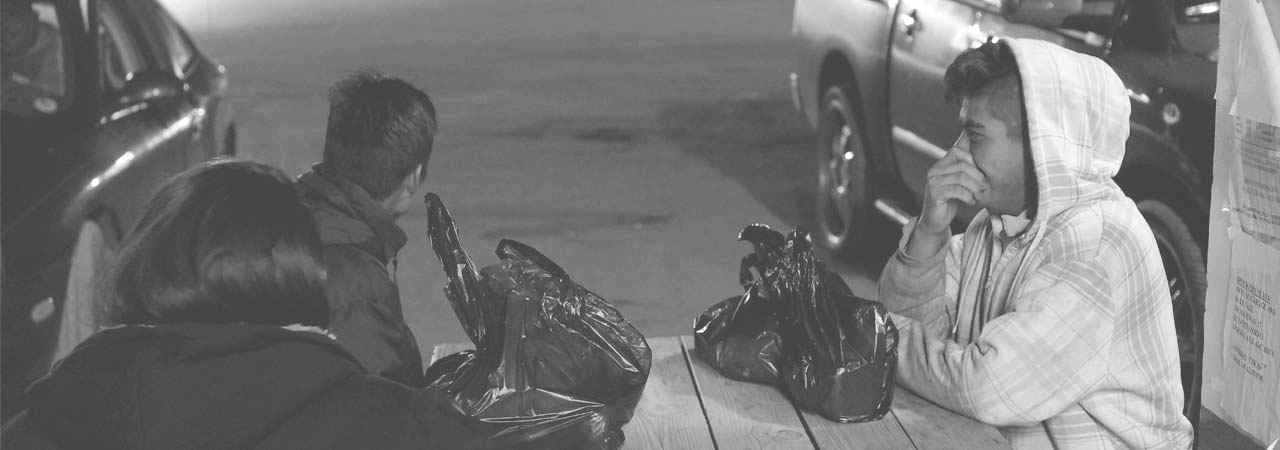The Braceros

Historic accounts of the bracero program are marked by the indignities of racism and well-documented exploitation. Started as a small program in 1942, at its peak it drew more than 400,000 workers across our borders each year before it was abolished in 1964. It was controversial from the outset and in the end, fell to organized opposition from religious and labor organizations. During World War II, migrants from rural areas in Mexico were recruited in response to worries about shortages of agricultural workers despite protests that the low wages at which these immigrants agreed to work threatened the jobs of American workers. Braceros undermined demands for higher wages. If field hands threatened to strike, growers brought in more braceros. Looking back, Cesar Chavez noted his organizing of the United Farm Workers would have been impossible if not for the abolishment of the bracero program in 1964.
In law, the program had many legal protections – in practice, few were enforced. Few workers read English and were unaware of the contractual guarantees. Many employers simply ignored humane treatment and guaranteed minimum wages. Edward Garlarza’s 1956 book, Strangers in Our Fields, drew attention to the conditions faced by braceros. The book begins with a forlorn statement from a worker: “In this camp, we have no names. We are called only by numbers.”